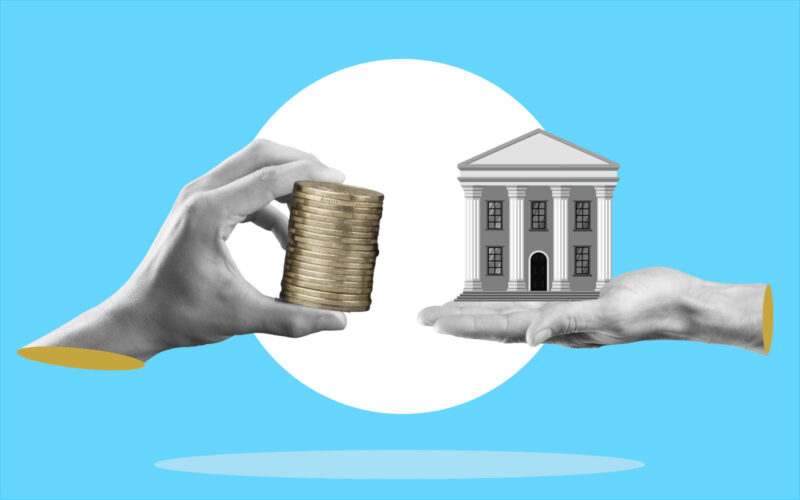Personal loans are a popular financial product that allow individuals to borrow money for various purposes, such as medical expenses, travel, weddings, debt consolidation, and more. Repaying a personal loan on time is crucial to maintaining a good credit score and financial well-being.
In this blog, you will learn more about what is a personal loan, where can you use the funds borrowed from a personal loan and some commonly used personal loan repayment strategies.
What is a Personal Loan?
A personal loan is a type of unsecured loan offered by banks, financial institutions, or online lenders to individuals for personal use. Unlike secured loans, such as a mortgage or car loan, a personal loan does not require any collateral. Instead, the loan is approved based on the borrower’s creditworthiness, income, and other financial factors.
Here are some key features of a personal loan:
- Unsecured Nature: A personal loan is unsecured, meaning you don’t need to pledge any asset (like a house, car, or property) as security to obtain the loan.
- Fixed Loan Amount: When applying for a personal loan, you request a specific loan amount, which is provided to you if approved. The loan amount is disbursed in a lump sum.
- Fixed Interest Rate: Personal loans typically come with fixed interest rates, which means the interest rate remains constant throughout the loan tenure. This allows borrowers to plan their repayments more effectively.
- Fixed Tenure: Personal loans have a specific repayment tenure, usually ranging from one to five years, depending on the lender and loan terms.
- EMI (Equated Monthly Installment): Repayment of personal loans is done through EMIs, which consist of both principal and interest portions. EMIs are paid monthly until the loan is fully repaid.
- Versatile Use: Personal loans are versatile and can be used for various purposes, such as medical emergencies, home renovations, debt consolidation, travel, education expenses, and other personal financial needs.
- Quick Disbursal: Once the loan is approved, the funds are usually disbursed quickly, making it an attractive option for urgent financial requirements.
- Credit Check: Lenders assess the borrower’s creditworthiness before approving a personal loan. A good credit score increases the chances of loan approval and may lead to more favorable terms, such as a lower interest rate.
- Prepayment and Foreclosure: Borrowers can choose to make prepayments or even foreclose the personal loan before the end of the loan tenure. However, some lenders may charge a prepayment penalty.
Top Personal Loan Repayment Strategies
- Create a Budget
Start by creating a monthly budget that outlines all your income and expenses. Allocate a specific amount for the personal loan repayment to ensure you have enough funds to cover it each month.
- EMI (Equated Monthly Installments)
Most personal loans in India are repaid through EMIs, which are fixed monthly payments that include both principal and interest. Ensure you pay the EMIs on time to avoid late payment charges and maintain a positive credit history.
- Automatic Payments
Set up automatic payments from your bank account to the lender. This helps you avoid missing any payment deadlines and keeps you disciplined in repaying the loan. You also avoid paying extra in the form of penalty.
- Prepayment
If you have surplus funds, consider making prepayments toward your personal loan. This reduces the principal amount, resulting in lower interest payments over the loan tenure.
- Debt Snowball Method
If you have multiple loans, including a personal loan, focus on repaying the smallest loan first while making minimum payments on other loans. Once the smallest loan is paid off, use the freed-up funds to tackle the next smallest debt. This creates a snowball effect, accelerating your debt repayment.
- Debt Avalanche Method
Similar to the debt snowball method, instead of focusing on the smallest loan, prioritize the loan with the highest interest rate. By doing so, you save money on interest payments in the long run.
- Refinancing
In some cases, you may be able to refinance your personal loan to get a lower interest rate or better repayment terms. However, consider the associated costs and impact on your credit score before opting for refinancing.
- Avoid Missing Payments
Missing even a single EMI can lead to late payment charges and negatively affect your credit score. Make timely payments to maintain a good credit history.
- Negotiate with the Lender
If you face financial difficulties, consider discussing your situation with the lender. Some lenders may be willing to offer temporary relief options or restructure the loan to accommodate your financial situation.
- Avoid New Debt
While repaying a personal loan, try to avoid taking on new debt. Additional loans may strain your finances and make it challenging to manage existing loan repayments.
Conclusion:
Since personal loans are unsecured, the interest rates are typically higher than secured loans. Borrowers should carefully consider their repayment capacity and compare offers from various lenders before finalizing a personal loan. Additionally, responsible repayment is essential to maintain a good credit score and financial stability.
By incorporating effective strategies like budgeting, prepayments, automatic payments, refinancing, open communication with lenders, responsible money management, etc. into the loan repayment journey, borrowers can confidently tackle personal loans while securing a stable and promising financial future. Remember, a well-managed personal loan repayment not only improves creditworthiness but also paves the way for future financial opportunities and aspirations.










